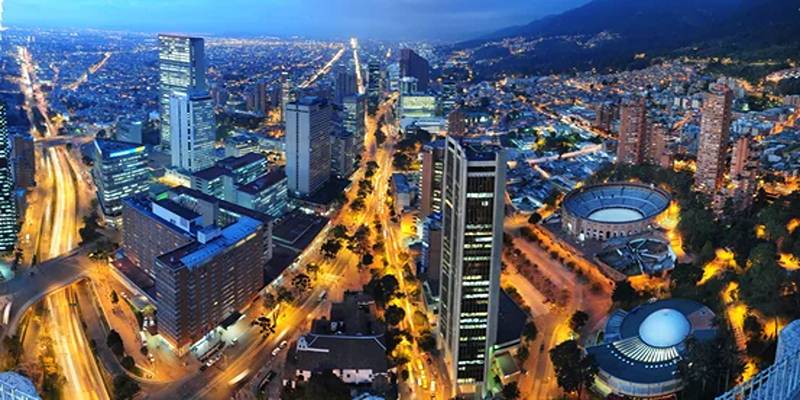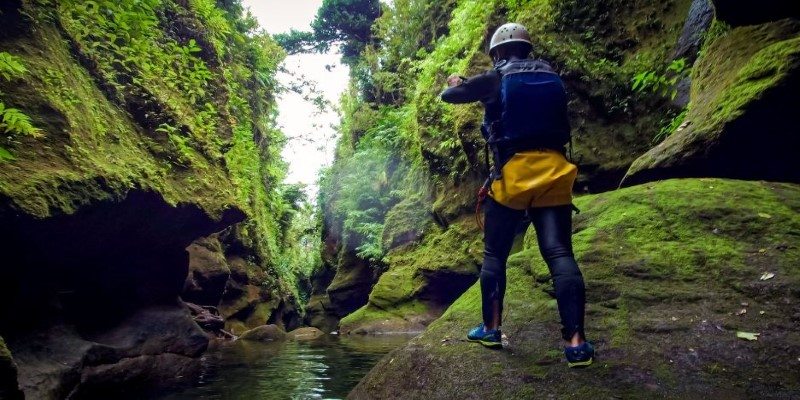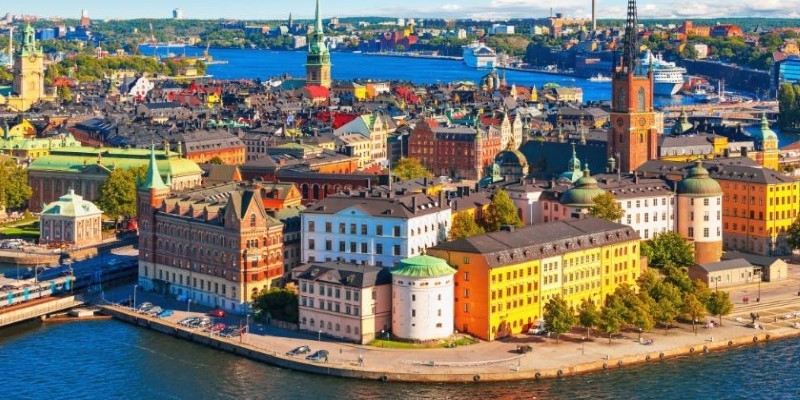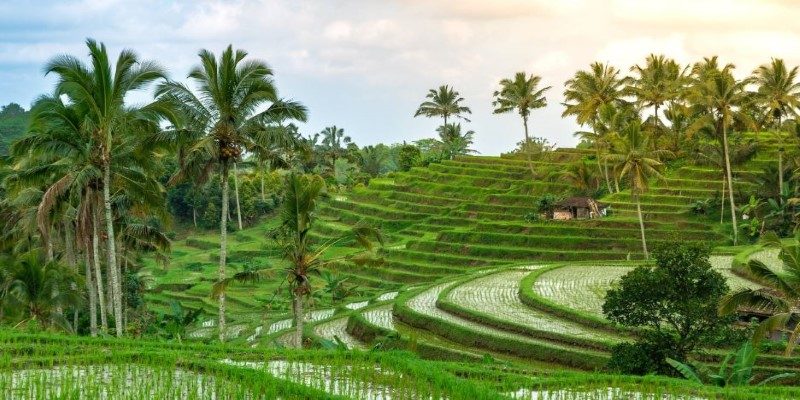Varanasi, one of the oldest continually inhabited cities, is a spiritual hub in India. Known as the city of life and death, it is where ancient rituals and vibrant celebrations take place along the sacred Ganges River. For Hindus, dying here or having ashes scattered in the river is believed to ensure liberation from rebirth.
This can be the day that sums up Varanasi: spirituality, tradition, and spectacle. It would leave some with the memories of their lifetime while watching the ritual of cremation on ghats and joining in during evening ceremonies. This is our guide on what to expect during a day in the sacred city.
Experiencing the Ganges: Morning Rituals and a Boat Ride
The best way to start a day in Varanasi is by being enveloped in the morning rituals by the Ganges. With sunrise, steps leading to the river that is called ghats burst into life with activity as pilgrims gather to bathe within the holy waters believed to cleanse them of sins; priests perform their various rituals. Incense and temple bells fill the air with the murmur of prayers. Varanasi is tied spiritually as well as physically to the Ganges; you cannot understand the city without understanding the river that runs through it.
One of the profound ways of experiencing Varanasi in the morning light is a boat ride down the Ganges. Many ghats line the sides of the river, serving a multitude of purposes for bathing and prayer. Then, of course, there's Manikarnika Ghat, India's cremation ground par excellence. Watching the morning rituals unfold as the light of the rising sun casts a golden glow on the river is a very moving experience. The boat ride gives a rare view of Varanasi's spiritual life, a mix of personal devotion and public ritual, all taking place within the sacred flow of the Ganges.
Cremations at Manikarnika Ghat: The City of Life and Death
Varanasi is the most potent icon of death for most of the people. Since Varanasi is cremated in the city itself, the cremation area itself forms a central point. The Manikarnika Ghat is probably the oldest and most spectacular, where burning takes place in perpetuity. Bodies brought for the same are burnt in an open space, and after doing so, the remains get scattered in the river of the Ganges, so a very spiritual place is present.
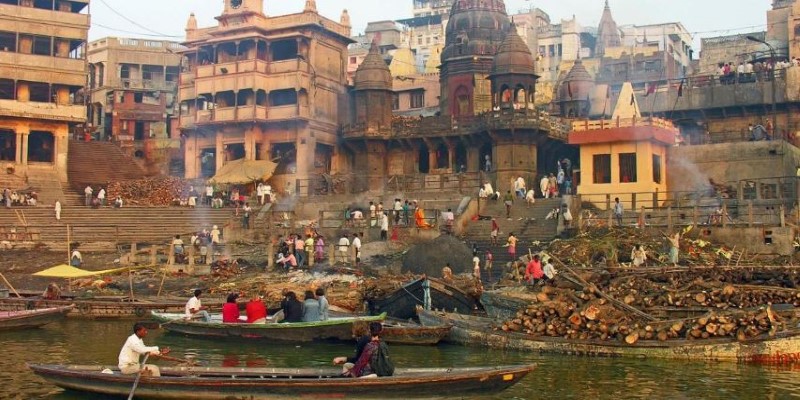
Witnessing a cremation at Manikarnika offers insight into Varanasi’s cultural and religious significance, where life and death are seen as part of an eternal cycle. The rituals reflect Hindu beliefs about releasing the soul from reincarnation. Visitors are often moved by the raw, sacred nature of the ceremony, which symbolizes the purification of the soul.
While emotionally intense, watching the cremation process connects visitors with the ancient traditions of Varanasi. Many believe that dying or being cremated here leads to spiritual liberation. For onlookers, it provides a chance to reflect on life’s impermanence and the deep spiritual currents that run through the city.
The Evening Aarti: A Celebration of Light and Devotion
As the day shifts to evening, the mood in Varanasi transforms. The Ganges, which was once calm and reflective in the morning, becomes the stage for one of the most spectacular spiritual events in the city: the evening Ganga Aarti at Dashashwamedh Ghat. This daily ritual, which takes place just before sunset, involves a group of priests performing a synchronized ceremony, waving large brass lamps while chanting prayers and singing devotional songs. The air is filled with the scent of incense, the sound of bells, and the sight of hundreds of lit oil lamps floating in the river.
The Aarti is a celebration of the Ganges and its divine presence in the lives of Varanasi’s inhabitants. The ritual is not just about worship; it’s a performance that combines music, dance, and devotion, a vibrant celebration of life and spirituality. Visitors to Varanasi often gather on the steps of the ghats or in boats along the river to witness the ceremony. It is an awe-inspiring experience that leaves you feeling connected to the spiritual pulse of the city. The colors, sounds, and lights of the Aarti create a mesmerizing atmosphere, and it is a fitting way to conclude your day in Varanasi.
A Walk Through the Streets: Markets, Temples, and Local Life
While the ghats and the river are the heart of Varanasi’s spiritual life, the streets around the ghats are equally lively and full of character. After experiencing the rituals at the river, take a walk through the narrow lanes of Varanasi, where you’ll encounter bustling markets, street food stalls, and sacred temples. The city’s narrow alleys are packed with vendors selling everything from religious offerings and brassware to colorful textiles and jewelry.
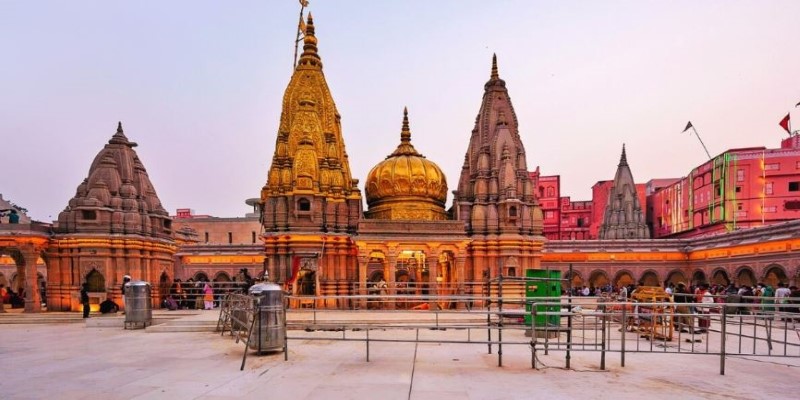
One of the highlights of the city is the Kashi Vishwanath Temple, one of the holiest temples dedicated to Lord Shiva. It is a place of great reverence and devotion, drawing pilgrims from all over India. The temple’s surroundings, however, are crowded and chaotic, with a mix of locals, tourists, and vendors, all contributing to the vibrant atmosphere. Walking through these streets is a sensory overload, with the smells of incense, the sounds of prayers, and the constant buzz of activity.
As you wander, make sure to stop at one of the many chai stalls, where you can sip on a cup of masala chai while watching the world go by. The streets of Varanasi are a place to soak in the energy of the city, connect with its people, and experience the constant interplay of spirituality and everyday life.
Conclusion
Varanasi is a city where life, death, tradition, and change all converge in one vibrant, sacred space. Spending a day here reveals its spiritual weight and explains why it has been a pilgrimage destination for centuries. From serene morning rituals on the Ganges to the powerful cremation ceremonies at Manikarnika Ghat and the awe-inspiring Ganga Aarti, Varanasi offers a rich tapestry of experiences. It's a place where spirituality, culture, and history intertwine, leaving an indelible mark on your soul.


